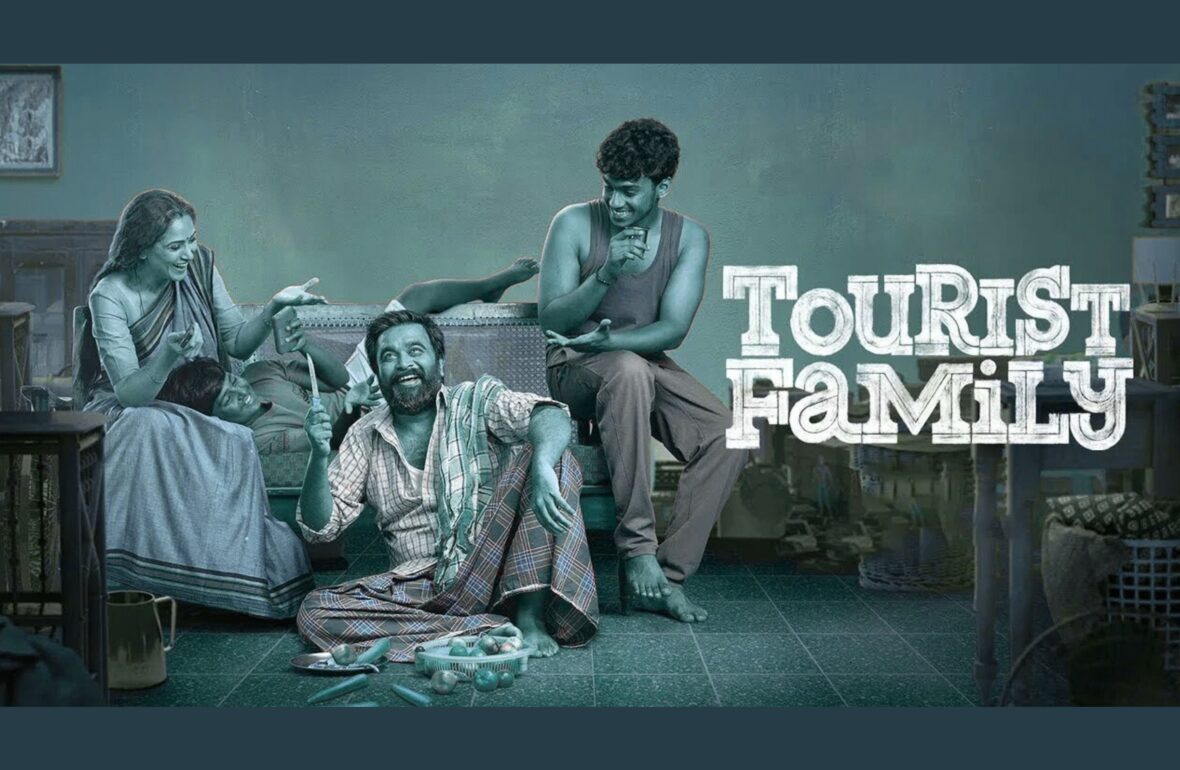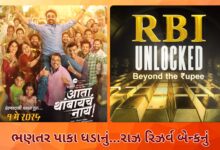ઓનલાઇન મીડિયાની ઉપયોગિતા અને એની નકારાત્મક અસરોની વાતો ખાસ્સી થાય છે. ઘણે અંશે એ સાચી હોઈ શકે છે કારણ માણસના જીવનના એક અગત્યના હિસ્સાને હવે ઓનલાઇન માધ્યમો ઓહિયા કરી રહ્યાં છે. સવાર પડે કે હાથમાં મોબાઇલ, કામકાજના સ્થળે કોમ્પ્યુટર, લેપટોપની અનિવાર્યતાને કોઈ કાં તો ખાળતું નથી કાં ખાળી શકતું નથી. એવામાં ક્યારેક એ પણ વિચાર કરવો રહ્યો કે ઓનલાઇન જગત એક આશીર્વાદ પણ છે. અનેકના જીવનમાં એનો સકારાત્મક પ્રભાવ પણ પડ્યો છે.લેટ્સ ટૉક.
ઓનલાઇન દુનિયા માત્ર મનોરંજન માટે નથી. આ સત્ય સમજવા છતાં, દુર્ભાગ્યે, અનેક લોકો માત્ર મનોરંજન માટે ઓનલાઇન મીડિયાને પંપાળતા રહે છે. જ્ઞાનોપાર્જન માટે, પોતાના કામકાજની ગતિ અને ગુણવત્તા વધારવા માટે પણ ઓનલાઇન માધ્યમોનો અસરકારક ઉપયોગ કરવાની કળા આત્મસાત્ કરવી અનિવાર્ય છે. પોસ્ટકાર્ડ અને પરબીડિયાના સ્થાને સ્વેચ્છાએ કે પરિસ્થિતિવશ, ઇમેઇલ, વ્હોટ્સએપ વગેરે અપનાવવા પડ્યાં છેને? તો ઓનલાઇન વિશ્વને બિનમનોરંજન બાબતો માટે પણ અપનાવી લો. ટ્રેનમાં લાંબા પ્રવાસમાં, રાતના ઊંઘતા પહેલાં મોબાઇલ પર અંગૂઠાથી શોર્ટ્સ અને રીલ્સમાં ઓતપ્રોત થવાને બદલે, “મારે આ શીખવું છે,” કહીને પોતાને બદલાવો. એ માટે એક ઇમાનદાર સમયપત્રક બનાવો. શીખવું કશું પણ હોઈ શકે. નવી ભાષા હોઈ શકે, સંગીત હોઈ શકે, રસોઈ હોઈ શકે, પોતાના કામકાજને બહેતર કરવાનો કોર્સ હોઈ શકે… બસ, નક્કી હોવું જોઈએ કે શું શીખવું છે અને એને પાકે પાયે સમય આપવો છે.







 Hello. I am Sanjay V. Shah. I live in Mumbai, India. I am a journalist and an author since 1995. I have been associated with leading Gujarati and English publications since the very beginning of my career.
Here, I will share my articles with you on varied subjects. Read, enjoy, and do leave your feedback. Thanks!
Hello. I am Sanjay V. Shah. I live in Mumbai, India. I am a journalist and an author since 1995. I have been associated with leading Gujarati and English publications since the very beginning of my career.
Here, I will share my articles with you on varied subjects. Read, enjoy, and do leave your feedback. Thanks!

